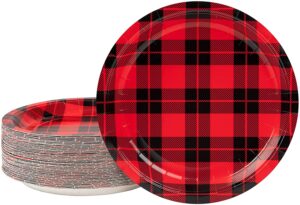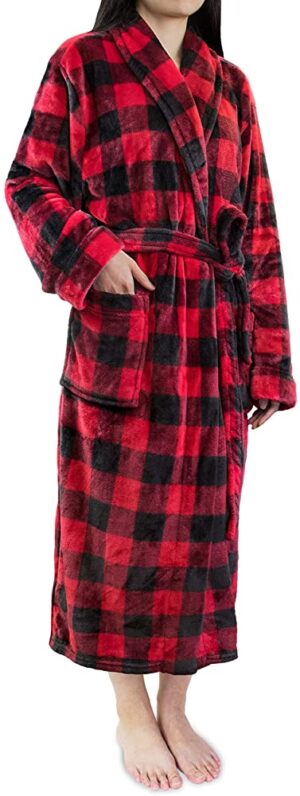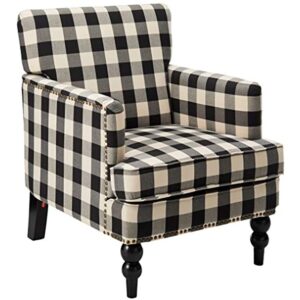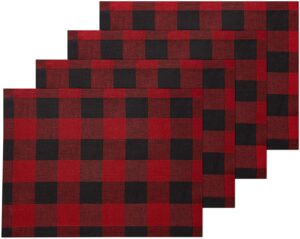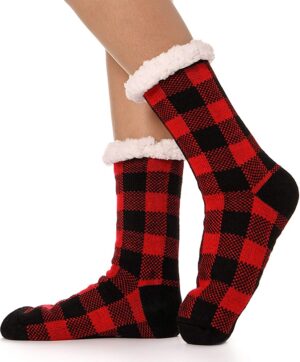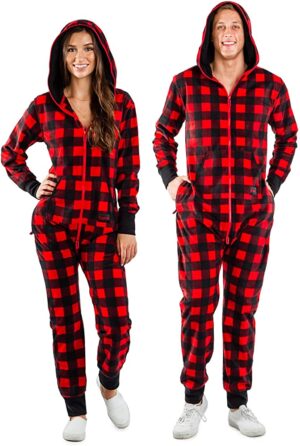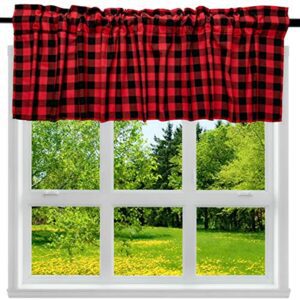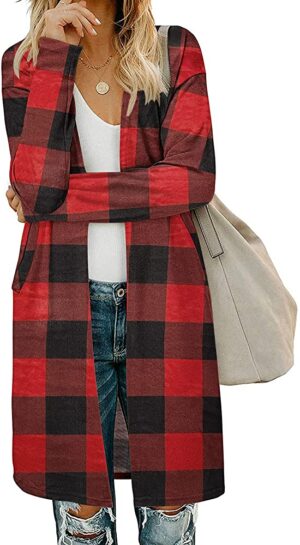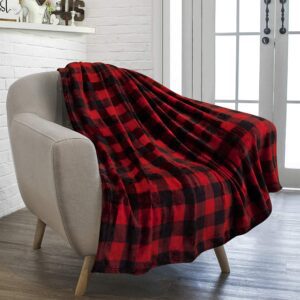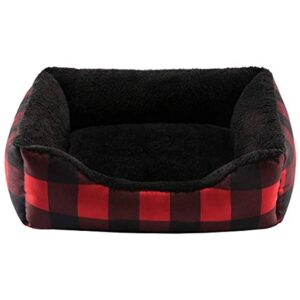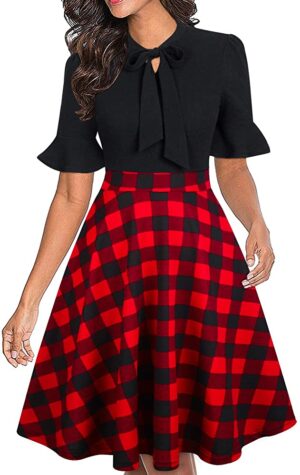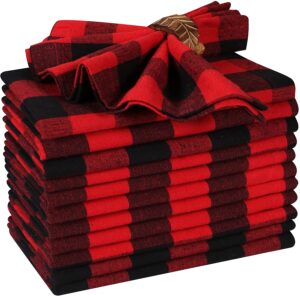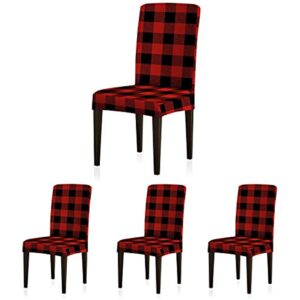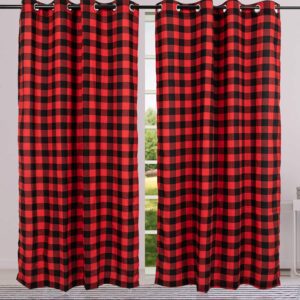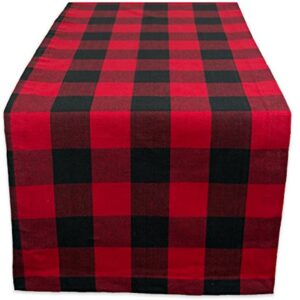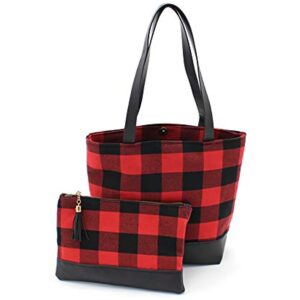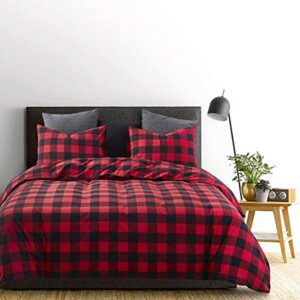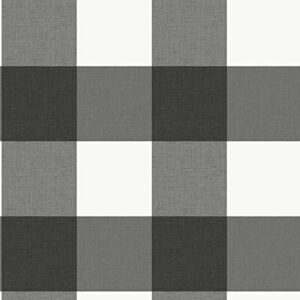Shower curtains are a staple in most bathrooms, providing privacy and keeping water from splashing onto the floor. But have you ever wondered about their origins and how they have evolved over time? From their practical beginnings to the stylish and decorative options available today, the history of shower curtains is an intriguing journey through time. So, let’s take a closer look at the fascinating evolution of shower curtains, from their humble beginnings to their place as a prominent design element in modern bathroom decor.
Primitive Beginnings of Shower Curtains
Use of animal hides in primitive societies
In primitive societies, the concept of privacy during bathing was not a major concern. However, as civilizations began to develop, there became a need for some form of barrier to provide a sense of privacy. The earliest records show that animal hides were commonly used as a makeshift curtain to separate bathing areas from the rest of living spaces. These animal hides provided a simple solution to address the basic privacy needs of individuals.
Early riverside bathing and privacy needs
As civilizations started to settle near rivers and other water sources, riverside bathing became a common practice. With this came the need for increased privacy, as larger communities meant a higher chance of onlookers. To address this need, the primitive societies began to develop more sophisticated forms of dividers and curtains. These early curtains were often made of woven plant fibers and hung from wooden frames, providing a modest level of privacy during bathing rituals.
Inception of primitive dividers and curtains
During these primitive times, societies began recognizing the value of personal space and privacy during bathing. The idea of dividers and curtains became more prevalent, and techniques for constructing these privacy tools evolved. Dividers made of reed or bamboo were commonly used to separate bathing spaces, while curtains made of woven grasses or plant fibers were used for further privacy. Curtains were often hung from sturdy tree branches or makeshift wooden rods, creating a secluded bathing area. These primitive dividers and curtains laid the foundation for the future advancements in bathing privacy.
Ancient Times and Shower Curtains
The Roman Empire’s impact on bathing culture
One of the most significant influences on bathing culture and the development of shower curtains came from the Roman Empire. The Romans valued bathing as an important aspect of their daily lives and allocated great resources to create elaborate bathhouses. These bathhouses were adorned with opulent draperies and curtains, creating a luxurious and comfortable bathing experience. These lavish curtains were made of fine fabric materials such as silk and linen, showcasing the Romans’ attention to both functionality and aesthetics.
Luxurious draperies in Greek and Roman bathhouses
In addition to the Roman Empire, ancient Greek civilization also played a crucial role in the evolution of shower curtains. Greek bathhouses, known as “thermae,” were also equipped with beautiful and extravagant draperies. These draperies not only served the purpose of providing privacy but also added to the overall grandeur of the bathing experience. The use of richly colored fabrics and intricate patterns showcased the Greek appreciation for artistic expression, even in the most mundane aspects of life, such as bathing.
Egyptian influence on early shower curtains
While the Egyptians are not often associated with shower curtains, they did contribute to their early development. In ancient Egyptian society, bathing was an essential part of their daily rituals, and privacy during these rituals was highly valued. Egyptians invented the “systrum,” a room divider made from slender wooden slats or reeds. These dividers were often ornately decorated and provided privacy for individuals during bathing. Though not the traditional curtain we imagine today, the systrum can be considered an early precursor to the shower curtains we use today.
Middle Ages and Renaissance Influence
Rise of private bathing chambers
During the Middle Ages, public bathing declined, and the practice of bathing became a more private affair. Private bathing chambers started to emerge as a desired feature in castles and noble residences. These chambers were small, enclosed spaces designed to accommodate a bathing vessel and provided adequate privacy. The emergence of private bathing chambers marked a significant shift in bathing culture, as it emphasized individual privacy over communal bathing.
Use of heavy tapestries for privacy
To enhance privacy within these private bathing chambers, heavy tapestries were utilized. These tapestries acted as both decorative elements and practical barriers, shielding individuals from view while bathing. Made from thick woven fabrics, often with intricate designs, these tapestries provided a sense of opulence and grandeur to the bathing chambers. The use of heavy tapestries also added an extra layer of insulation, helping to retain warmth within the bathing space.
Evolution of cloth and fabric curtains
As the Renaissance period approached, advancements in fabric production and design allowed for the creation of more intricate and functional shower curtains. The availability of lighter fabrics made it easier to manipulate and hang curtains within bathing areas. Cloth curtains became increasingly popular, as they were more affordable and accessible for a wider population. These curtains, often made of linen or cotton, were hung from simple rods or hooks, providing a practical solution to privacy needs.
The Victorian Period and Shower Curtains
Importance of privacy during the Victorian era
The Victorian era emphasized propriety and modesty, and this mindset applied even to the most intimate areas, such as bathing spaces. Privacy during bathing became a paramount concern, leading to the further development of shower curtains. The Victorians believed in creating a separation between personal and public spaces, and this ideology heavily influenced the design and use of shower curtains during this period.
Introduction of simple cloth curtains
During the Victorian era, simple cloth curtains gained popularity as the preferred option for bathing privacy. These curtains were typically made of heavy fabrics such as damask or velvet, providing a substantial barrier between the bather and the outside world. The cloth curtains were often adorned with decorative trims, tassels, or lace to add an element of elegance and sophistication to the bathing experience. These curtains were hung from ornate curtain rods or hooks, contributing to the overall Victorian aesthetic.
Influence of Victorian aesthetics on shower curtains
The Victorian era saw an increasing emphasis on aesthetics and decorative craftsmanship. This mindset spilled over into the design of shower curtains as well. The curtains became an opportunity to showcase intricate patterns, elaborate embroidery, and decorative trimmings. The Victorian shower curtains played a significant role in creating a cohesive and visually appealing bathing space, combining both functionality and artistic expression.
The 20th Century and the Emergence of Plastic
The role of industrialization in shower curtain manufacturing
As industrialization took hold in the late 19th and early 20th centuries, shower curtain manufacturing became more streamlined and efficient. The mass production of textiles and the availability of various materials revolutionized the industry. Industrialization allowed for the production of affordable shower curtains on a much larger scale, catering to a growing middle-class population.
Introduction of vinyl and plastic in shower curtains
The mid-20th century marked a significant shift in shower curtain materials with the introduction of vinyl and plastic. These synthetic materials offered several advantages over traditional cloth curtains. vinyl and plastic were water-resistant, easy to clean, and highly durable, making them ideal for use in the humid and wet environment of the bathroom. These materials also allowed for the production of shower curtains in a wide range of colors and patterns.
The effect of World War II on the availability and design of shower curtains
World War II influenced the design and availability of shower curtains in several ways. The scarcity of resources during the war led to the adoption of more pragmatic designs. Many shower curtains produced during this time were plain and utilitarian, focusing on functionality rather than aesthetics. Additionally, the war accelerated the development of new materials, such as synthetic polymers, which were later used in shower curtain manufacturing. The post-war period saw a resurgence of design experimentation and the availability of a wider variety of materials.
The Mid-Century Transformation
The move towards minimalistic design
In the mid-20th century, there was a shift towards minimalistic design principles in various aspects of life, including shower curtains. Clean lines, simple patterns, and solid colors became the hallmarks of mid-century shower curtains. The focus was on creating an uncluttered and sleek aesthetic, reflecting the overall design trends of the era. These minimalistic shower curtains found popularity, as they complemented the modern and streamlined bathroom designs of the time.
The advent of patterned and colorful shower curtains
Alongside the minimalist movement, the mid-century period also saw the emergence of patterned and colorful shower curtains. Bold geometric patterns, abstract designs, and vibrant hues became popular choices for those seeking to add an element of visual interest to their bathing spaces. The availability of synthetic materials allowed for the production of shower curtains in a vast array of patterns and colors, granting individuals the freedom to express their personal style.
The widespread use of synthetic materials
During the mid-century period, the use of synthetic materials, particularly polyester and nylon, became increasingly prevalent in shower curtain manufacturing. These materials offered enhanced water resistance, durability, and ease of maintenance. Additionally, the affordability and versatility of synthetic fabrics made them a popular choice for individuals looking to update their bathroom décor on a budget. Synthetic materials allowed for greater experimentation in curtain designs, leading to the production of a diverse range of shower curtains.

The Dawn of the Designer Shower Curtain Era
Influence of 70s and 80s design trends
The 1970s and 1980s were marked by bold design trends and vibrant color palettes. This era was characterized by a departure from minimalism, with a focus on maximalist aesthetics. Shower curtains became an integral part of bathroom decor, and their design started to reflect the popular styles of the time. From psychedelic patterns to neon colors, shower curtains of the 70s and 80s embraced the exuberance and playfulness of the era’s design movements.
Emergence of designer curtains
With the rise of consumer culture, the demand for unique and high-end shower curtains increased. Designers and artists started creating exclusive lines of shower curtains, transforming them from functional objects to works of art. These designer curtains featured innovative materials, intricate handiwork, and avant-garde designs. They allowed individuals to elevate their bathroom spaces and make a statement through their choice of shower curtains.
Cultivation of style and identity through shower curtains
The designer shower curtain era allowed individuals to cultivate their style and identity through their choice of curtains. The vast selection of designs, patterns, and materials offered consumers the opportunity to personalize their bathing spaces and express their personal taste. Shower curtains became a means of self-expression, allowing homeowners to create a unique ambiance in their bathrooms. Individuals could experiment with various styles, from classic and elegant to quirky and whimsical, to reflect their personality and interior design preferences.
Modern Day Shower Curtains
Continued use of plastic and fabric materials
In the 21st century, plastic and fabric materials continue to dominate the shower curtain market. The water-resistant properties of plastic, particularly vinyl, make it a practical choice for busy households and humid bathroom environments. Fabric curtains, on the other hand, offer a softer and more luxurious aesthetic. With advancements in fabric technology, materials such as polyester and microfiber have become popular due to their durability and ease of maintenance.
Diverse design options in the 21st century
Modern-day shower curtains offer a diverse range of design options, catering to various preferences and interior decor styles. From minimalist and monochromatic curtains to vibrant and eclectic patterns, there is a design to suit every taste. Digital printing techniques allow for detailed and intricate designs, making it possible to reproduce artwork, landscapes, and photographs on shower curtains. Additionally, customization options have become widely available, enabling individuals to personalize their curtains with unique designs or images.
Eco-conscious and sustainable trends in shower curtains
As environmental consciousness grows, the demand for eco-friendly and sustainable products has extended to shower curtains as well. Sustainable materials, such as organic cotton and hemp, are gaining popularity due to their minimal environmental impact. Additionally, there has been a shift towards the production of recyclable and biodegradable shower curtains, reducing the ecological footprint of these products. Consumers are increasingly seeking out shower curtains that align with their eco-conscious values, contributing to a more sustainable future.

Future Trends in Shower Curtains
Projected design and material trends
Looking ahead, design trends in shower curtains are likely to continue evolving. Minimalist and Scandinavian-inspired designs, with their emphasis on simplicity and functionality, are expected to remain popular. Nature-inspired prints and patterns, reflecting the biophilic design movement, may also gain traction. Materials with enhanced sustainability credentials, such as recycled polyester and bamboo fabric, are predicted to become more prevalent, reflecting the widespread adoption of eco-conscious practices.
Influence of smart technology on shower curtains
Smart technology is making its way into various aspects of our lives, and shower curtains are not exempt. There are already prototypes of shower curtains equipped with features like built-in Bluetooth speakers, touchscreen controls, and LED lighting. These innovative curtains aim to enhance the showering experience by incorporating elements of entertainment, convenience, and customization. As smart homes become more commonplace, the integration of technology into shower curtains is likely to become more prevalent in the future.
Innovation and future possibilities in the shower curtain industry
The shower curtain industry continues to innovate, and future possibilities are vast. Advancements in textile technology may lead to the development of curtains with self-cleaning properties or those that repel water and mold. Augmented reality (AR) or virtual reality (VR) could be incorporated into curtain designs, allowing users to transform their bathing spaces with a simple digital overlay. Perhaps even customizable fragrances or therapeutic aromatherapy elements could be integrated into shower curtains, promoting relaxation and well-being.
Conclusion
In tracing the history of shower curtains, it becomes evident that these seemingly mundane objects have gone through a significant evolutionary journey. From early animal hides and primitive dividers to the opulent draperies of the Roman Empire and the modern-day options made from plastic or fabric, shower curtains have evolved to meet the changing needs and design preferences of societies throughout time.
Understanding the evolution of shower curtains not only allows us to appreciate the practical and aesthetic advancements achieved over the centuries but also provides insight into the broader historical and cultural contexts in which bathing and personal hygiene practices developed.
As we navigate the present and look to the future, it is clear that shower curtains will continue to play a crucial role in both functional and decorative aspects of our bathing spaces. From diverse design options to sustainable materials and the potential integration of smart technology, shower curtains are poised to keep transforming and enhance our bathing experiences for generations to come.






